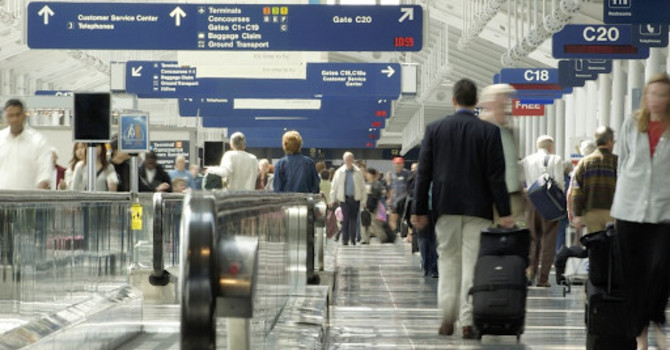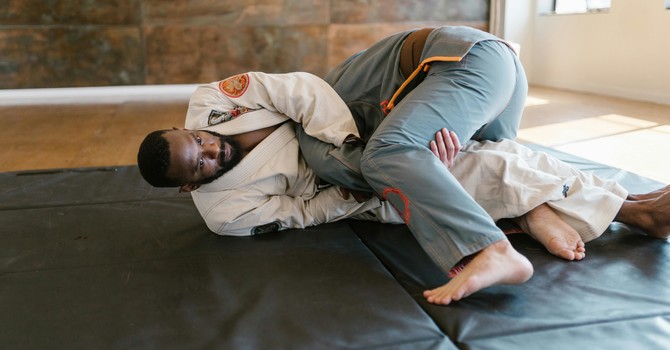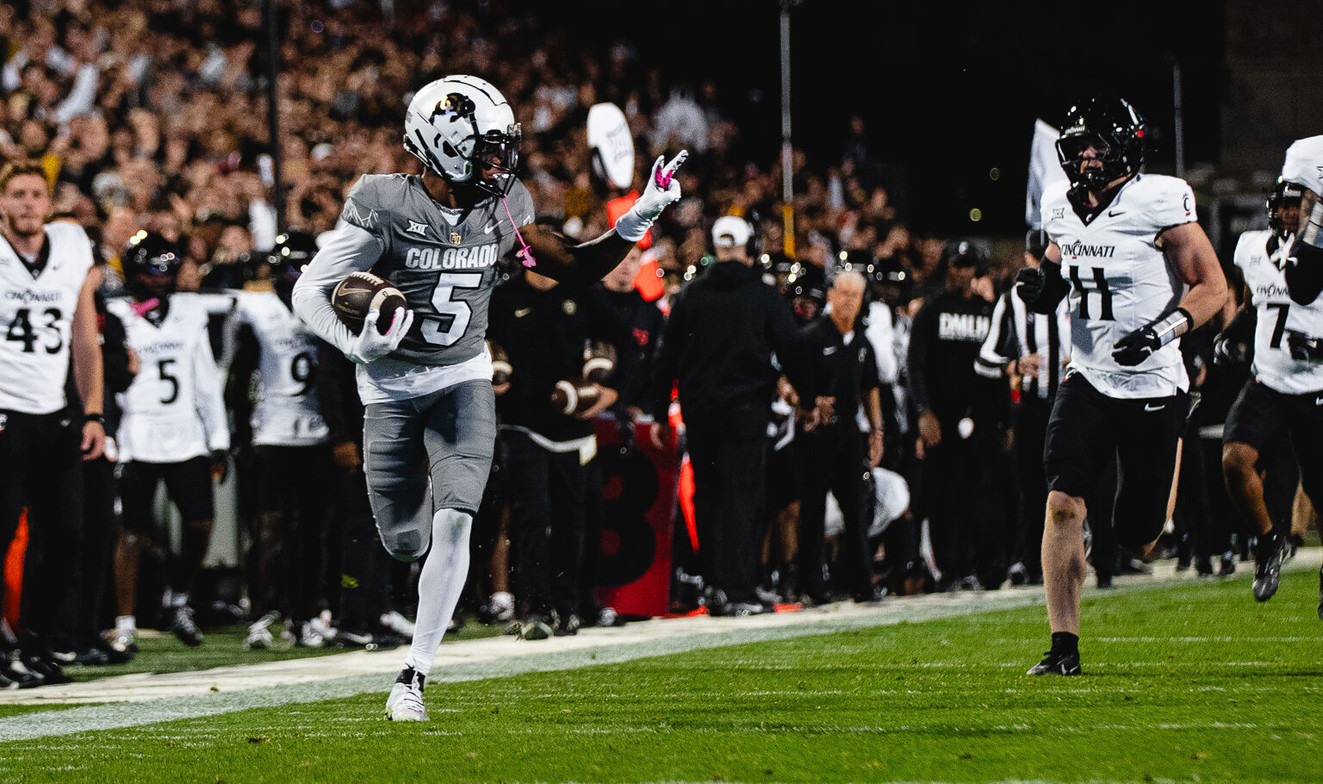
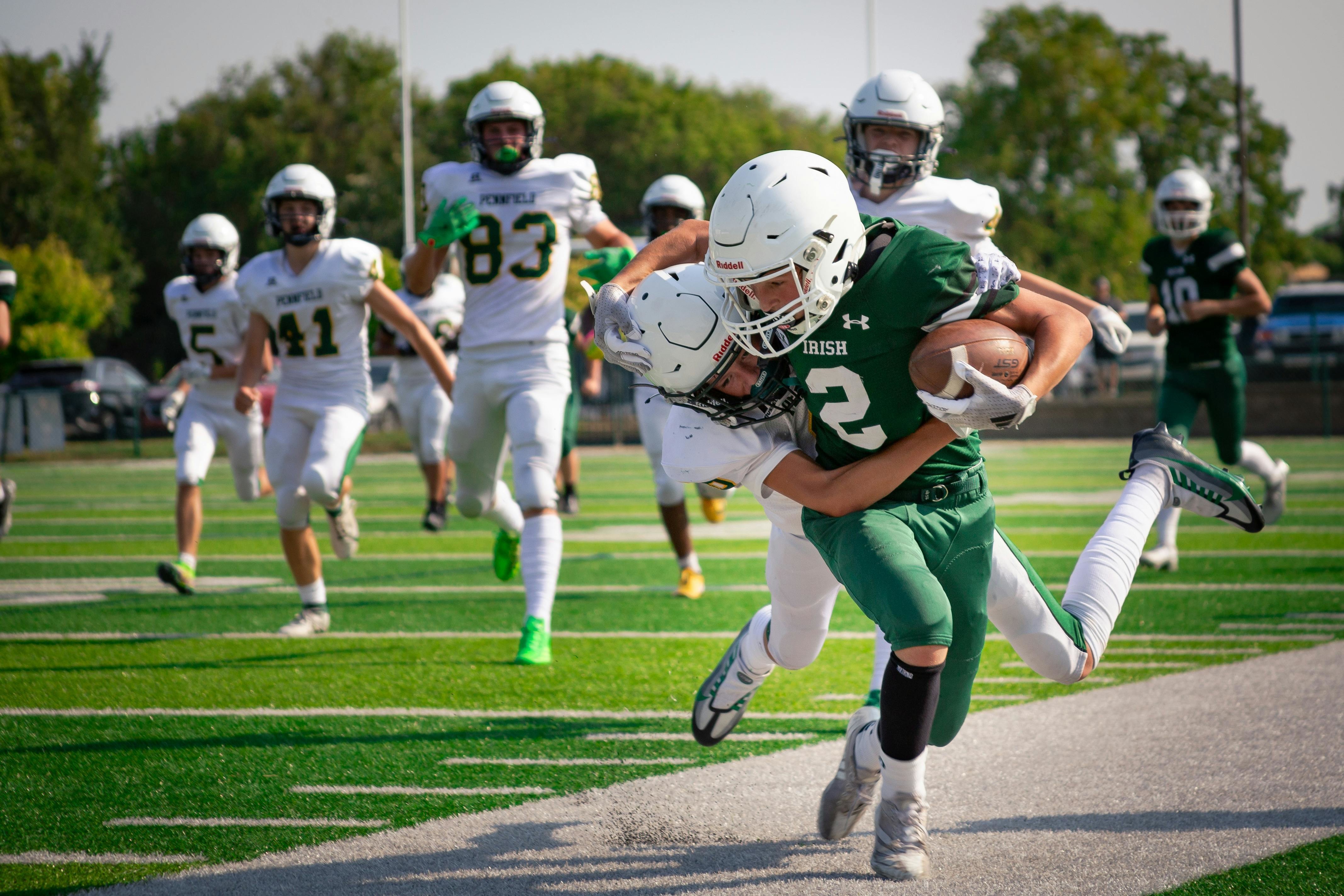 As football kicks off this week, fans across the country are gearing up epic plays, old-time rivalries, and, of course, some fantasy football bragging rights. Behind the excitement lies the reality that injuries are common, and one of the most serious among them is a concussion. As awareness around brain health grows, so does the conversation about concussions in football, from the youth leagues and high school teams all the way up to the NFL level.
As football kicks off this week, fans across the country are gearing up epic plays, old-time rivalries, and, of course, some fantasy football bragging rights. Behind the excitement lies the reality that injuries are common, and one of the most serious among them is a concussion. As awareness around brain health grows, so does the conversation about concussions in football, from the youth leagues and high school teams all the way up to the NFL level.
Concussions are mild traumatic brain injuries are caused by impacts to the head, neck or body that are associated with a change in brain function. In football, this often happens during tackles, collisions, or when a player's head hits the ground. The impact can cause a range of physical, cognitive, and emotional symptoms.
How to Reduce Risk of Concussions in Football
While no method can guarantee complete protection from concussions, there are several key ways players, coaches, and parents can reduce the risk:
- Wear Proper Gear: Make sure helmets fit well and are in good condition.
- Use Safe Techniques: Practice heads-up tackling and avoid helmet-to-helmet contact.
- Build Strength: Strong neck and core muscles help absorb impact.
- Follow the Rules: Play by safety-focused rules designed to protect players.
- Speak Up: Report symptoms early. Playing through a concussion is dangerous and can result in long term deficits.
- Stay Informed: Educate players, coaches, and parents about concussion risks and signs.
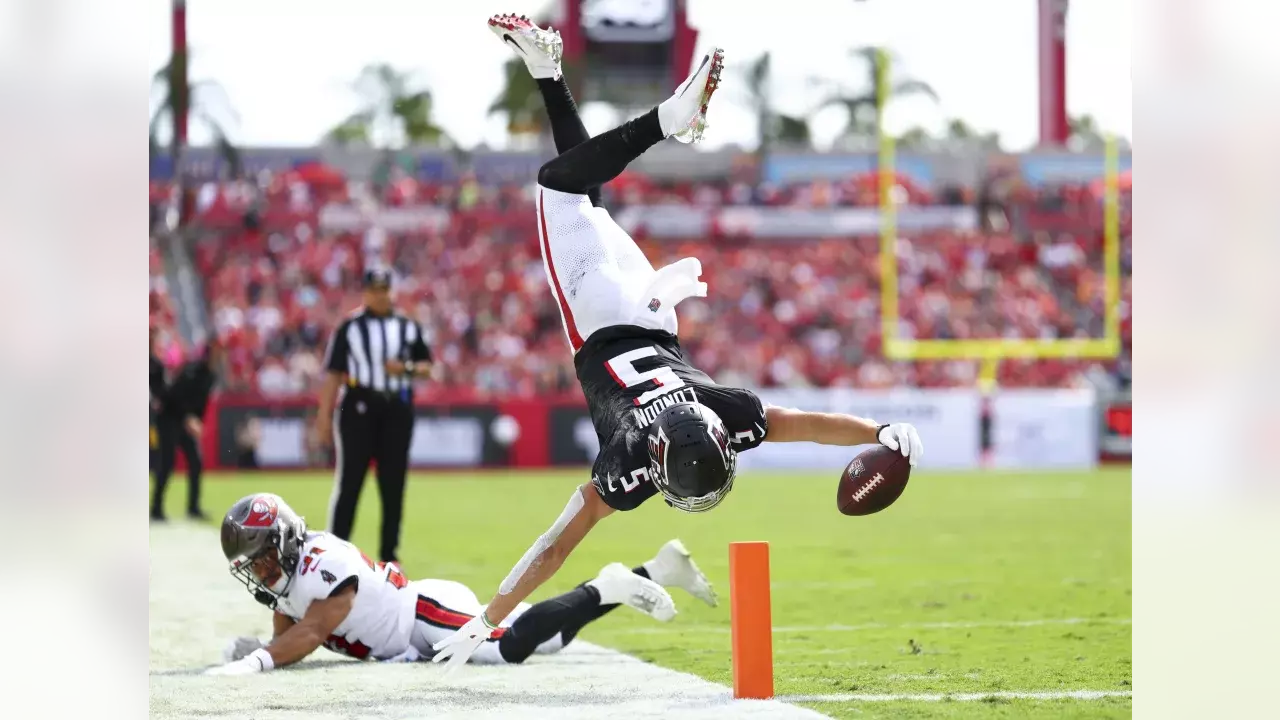
Even with these precautions, concussions can still happen. It’s important to recognize the signs early and seek medical attention when needed. If you suspect a concussion, monitor symptoms closely and avoid activities that could cause further harm.
Common symptoms:
- Headache
- Fatigue
- Memory Loss
- Light Sensitivity
- Nausea
- Lightheaded
- Confusion
- Concentration Problems
Red Flag symptoms: (Seek Immediate Medical Attention)
- Convulsions/Seizures
- Vision loss/double vision
- Slurred speech
- Increased confusion/drowsiness
- Increased agitation/combativeness
- Severe/increasing headache
- Loss of consciousness
- One pupil larger than the other
Concussion Protocol and Recovery
Over the years, concussion protocols have become stricter to protect athletes. Most organized football leagues, including the NFL and NCAA, follow standardized procedures:
1. Immediate Removal from Play
If a concussion is suspected, the player is immediately removed from the game or practice.
2. Sideline Evaluation
Medical staff perform sideline assessments like the SCAT5 (Sport Concussion Assessment Tool), which checks cognitive, physical, and neurological signs.
3. No Same-Day Return
Players do not return to the field the same day, even if symptoms improve.
4. Gradual Return-to-Play (RTP) Protocol
Athletes must go through a step-by-step process to return safely:
- Rest until symptoms improve
- Light aerobic activity
- Sport-specific exercise- no contact activities
- Non-contact training drills
- Full-contact practice
- Return to competition
Each step takes at least 24 hours, and players must be symptom-free and cleared by a medical professional to progress.
How Physical Therapy Helps Concussion Recovery
Physical therapy plays a growing role in helping athletes safely recover from concussions. While rest is essential in the early phase, active rehab is often needed for lingering symptoms like dizziness, balance issues, and neck pain. At Valor Physical Therapy, we use personalized, targeted exercises and manual techniques to improve vestibular function, restore balance, and reduce discomfort.
Vestibular Rehabilitation aims to help patients that experience persisting symptoms such as dizziness, gaze instability and imbalance.
Cervical Spine Rehabilitation uses various manual techniques like soft issue mobilization, stretching, and exercises to improve mobility, restore neck function and reduce pain.
Visual Rehabilitation is designed to help visual disturbances such as blurred vision and improve eye movement control and coordination. Targeted exercises such as saccades (rapid eye movements between two focal points) can be used to train cognitive functions.
Football will always carry some risk, but with increased awareness, early intervention, and modern rehab techniques like physical therapy, athletes can recover more fully and return to play safely.
Concussions in football are a serious concern, but with the right knowledge, protocols, and recovery strategies, athletes can heal properly and return to the game safely. Prioritizing brain health not only protects players in the short term but also ensures their long-term well-being both on and off the field. As the sport evolves, so should our commitment to safety, education, and responsible play. Physical therapy is here to keep you strong, mobile, and ready for whatever the season throws your way.
Dealing with a current or past injury?
Don’t wait until it sidelines you. Schedule a 1-on-1 evaluation or movement assessment with our physical therapy team to address pain, instability/balance, or mobility issues.

Valentine Ngo
Contact Me

